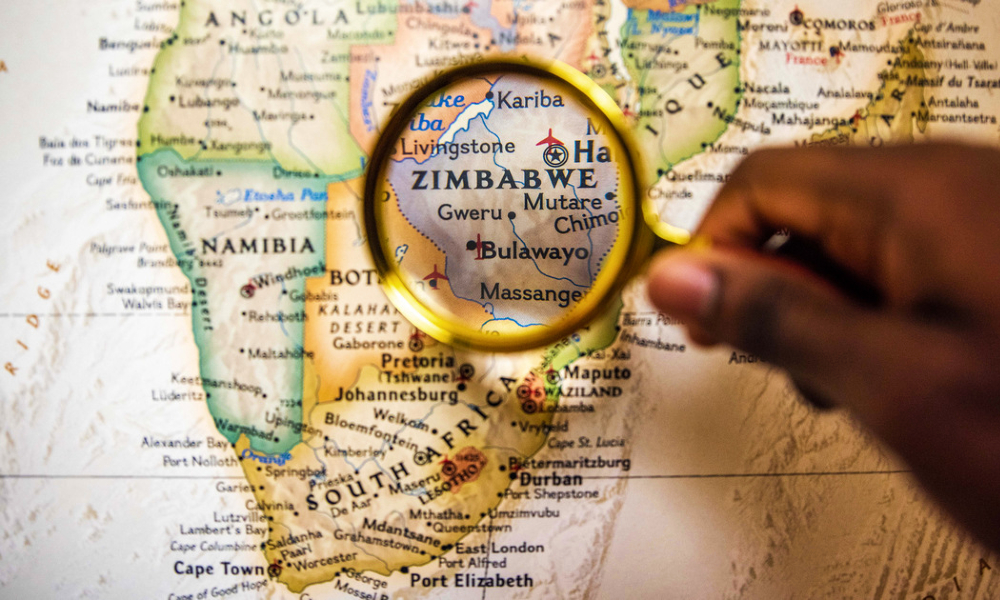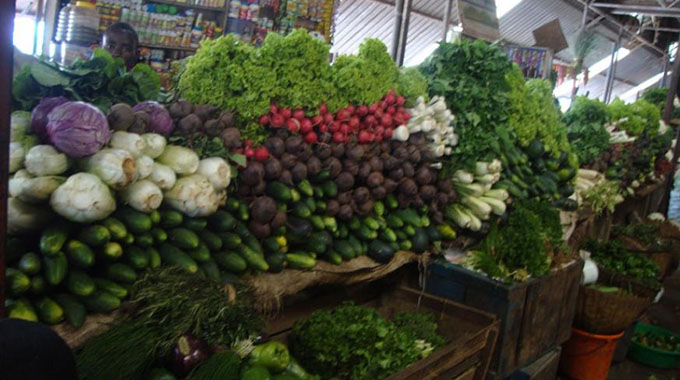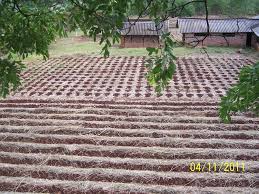Good rainy season should help restore breadbasket status
Preparations have begun in earnest to ready fields and agricultural equipment for planting for most countries in Southern Africa.
Weather experts have predicted normal-to-above-normal rainfall, which may translate into a bumper harvest.
This is good news for farmers who have had to contend with successive droughts.
The onset of this year’s rainy seasons should present the SADC region with an opportunity to bolster food security which has become a source of consternation across the African continent.
While the continent is endowed with rich soils, a young labour force and a conducive climate, Africa has been failing to produce enough food to feed its people, forcing it to rely on imports. This heavy reliance on global markets has been detrimental to food security, especially at a time of acute crisis, which has been further exacerbated by the outbreak and effects of the Covid-19 pandemic.
According to the United Nations Conference on Trade and Development from 2016 to 2018, Africa imported about 85 percent of its food.
That development resulted in an annual food import bill of US$35 billion, which is forecast to reach US$110 billion by 2025.
While climate change has also adversely affected the continent’s agricultural input as excessive droughts, sporadic rains and natural disasters continue to wreak havoc, several other factors have impeded on the continent’s ability to feed its people.
Population growth, low and stagnating agricultural productivity, policy distortions, weak institutions, poor infrastructure and pricey inputs are some of the reasons that continue to stall agricultural production in Africa.
However, the waning fortunes of Southern Africa could change for the better this forthcoming rainy season, which promises to be better than the two previous seasons.
With countries making last-minute preparations for the forthcoming farming season, Zimbabwe has heavily invested in agriculture under the Agriculture and Food Systems Transformation Strategy.
This strategy and several other initiatives seek to transform Zimbabwe’s agricultural sector into a multi-billion dollar industry within the next five years. If effectively implemented, the strategy will ensure that agriculture becomes the mainstay of the economy, generating more than US$8,2 billion a year by 2025.
Pfumvudza and the Command Agriculture programme have already set the tone, pointing to a positive agrarian trajectory, which needs stakeholder support to ensure that Zimbabwe retains its bread basket status in the region and beyond.
Pfumvudza Programme
President Mnangagwa is leading the charge from the front and has since initiated many programmes under his office on agriculture, which speak volumes about the gravity of the matter at stake. The Pfumvudza programme has taken agriculture by storm after being overwhelmingly embraced by farmers from different categories across the country.
Distribution of inputs under the Climate-Proofed Presidential Inputs Programme, commonly known as Pfumvudza, is now in full swing across the country with most farmers having received inputs since last month.
Pfumvudza promotes conservation and involves the use of small plots and applying the correct agronomic practices for higher returns.
Under the programme 1,6 million households are expected to contribute 1,6 million tonnes of maize towards the Strategic Grain Reserve (SGR) which needs to be strengthened.
Over and above, over 800 000 households are expected to produce between 90 000 and 100 000 tonnes of soya.
If successfully implemented, what it means is that the Government would have commercialised smallholder agriculture.
Command Agriculture
The country is also intensifying Command Agriculture, an import substitution-led industrialisation concept deliberately meant to empower local farmers, while creating employment for thousands of people in the sector.
Command Agriculture comes on the back of a successful land reform programme that has massively empowered Zimbabwean companies through forward and backward linkages.
When it started, it mostly concentrated on maize production, but has since been extended to cover various other farming disciplines.
There is also a robust move to boost the country’s herd by promoting livestock production among both commercial and small-scale farmers.
In June, Vice President Constantino Chiwenga launched the Presidential heifer pass-on programme in Chipinge, which is meant to help vulnerable farmers who lost cattle to diseases restore their herd in Manicaland and Masvingo provinces.
Availability of inputs
One of the biggest impediments to farming in Zimbabwe has been the costs of inputs, which were beyond the reach of many.
Fertiliser, which is critical for good yields, had become pricey, forcing the majority of farmers to opt for traditional alternatives or reducing their hectarage.
While Zimbabwe spent nearly US$662 million on fertiliser imports in the past seven years, with Government, which supports farmers though State-assisted farming programmes, being the largest procurer, local companies have not benefited much.
However, fertiliser will soon be readily available following the decision by Government to cut the country’s fertiliser import bill by capacitating local manufacturers.
Agricultural Equipment
Realising the need to be fully prepared for the farming season, Government recently launched a number of programmes to disburse farming equipment to legions of farmers across the country.
One of the initiatives is the Belarus farm mechanisation facility.
It follows engagements made by President Mnangagwa last year with his Belarusian counterpart President Alexander Lukashenko when he visited that country.
Zimbabwe’s re-engagement efforts with the United States seem to be paying off after the country received equipment worth more than US$200 million from John Deere, which will benefit hundreds of farmers across the country.
While the Covid-19 pandemic has nearly grounded operations, Governments and other industry players are in a unique position to consider measures that could cushion the agriculture and speed up recovery in anticipation for a new normal.-heral.cl.zw











